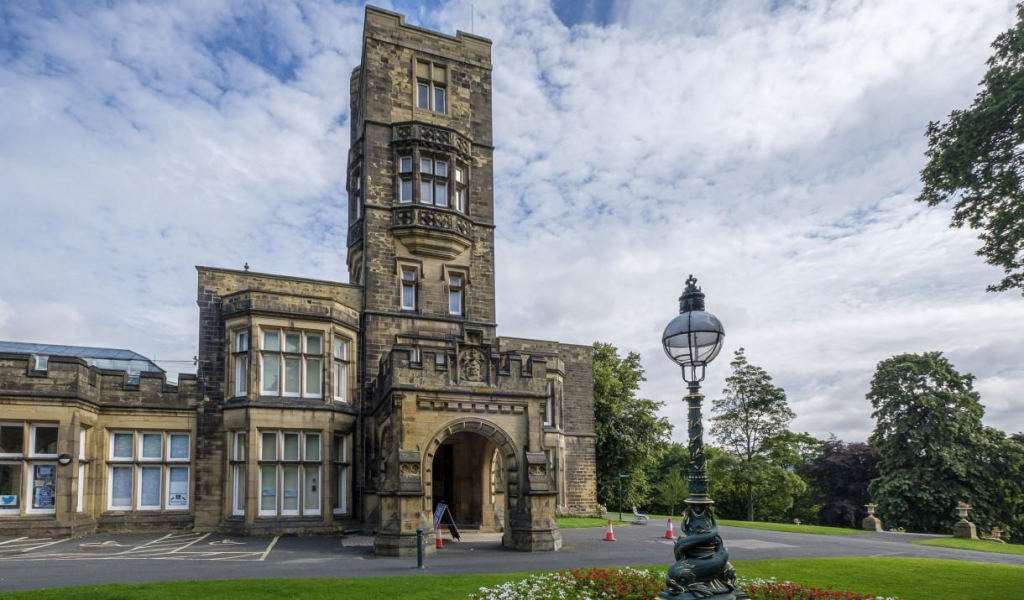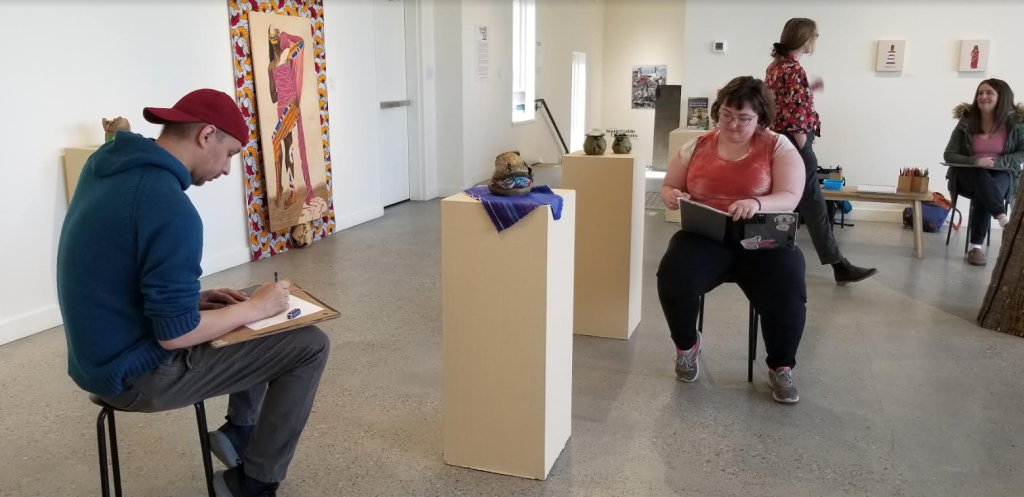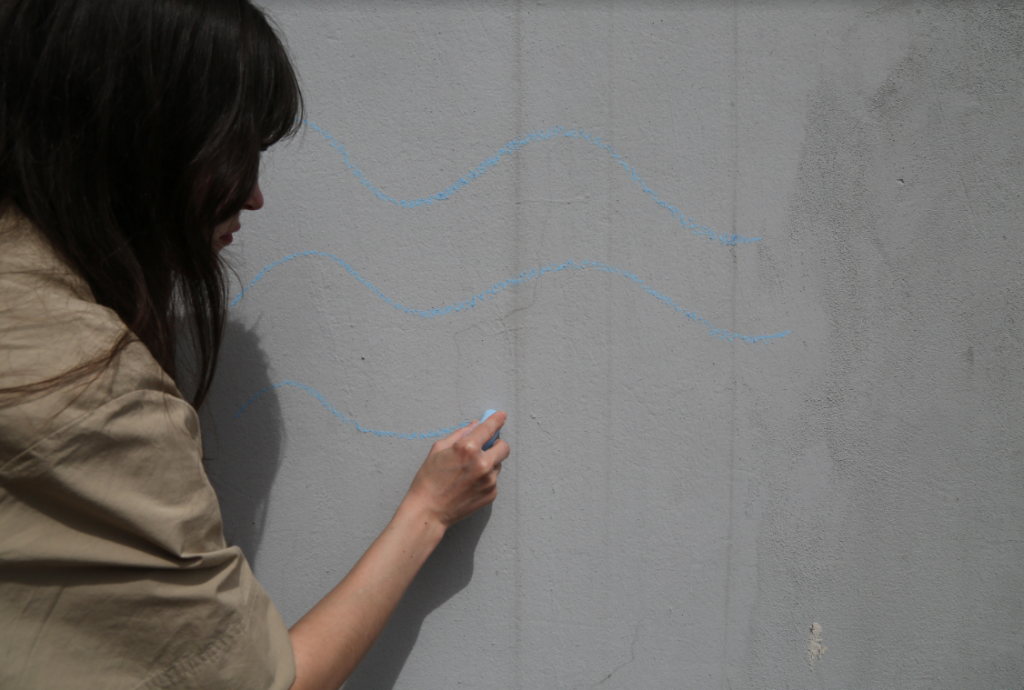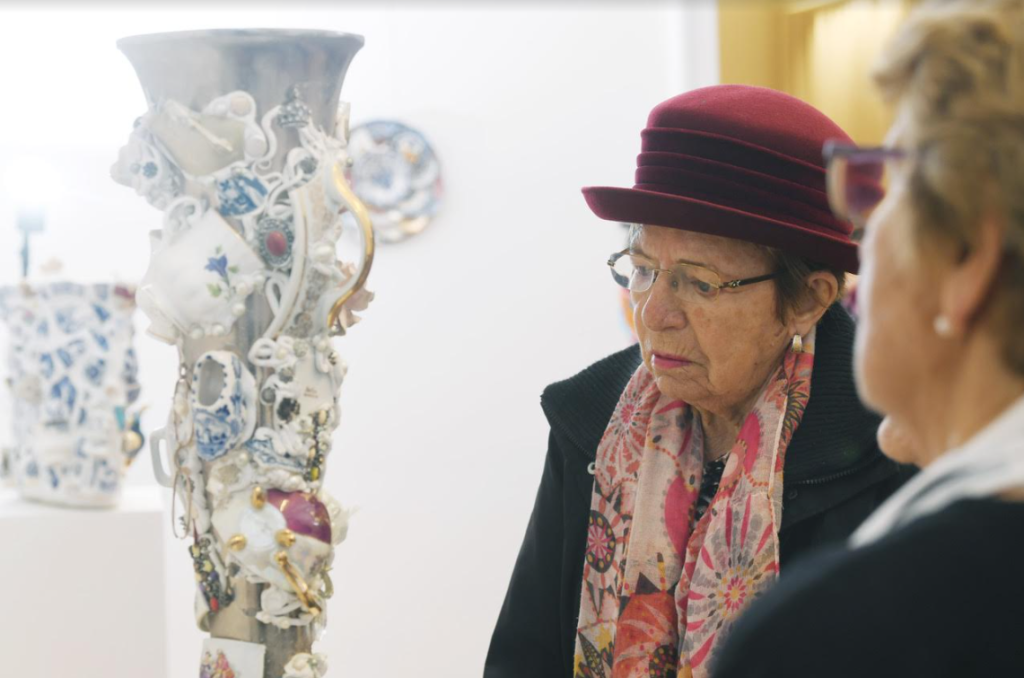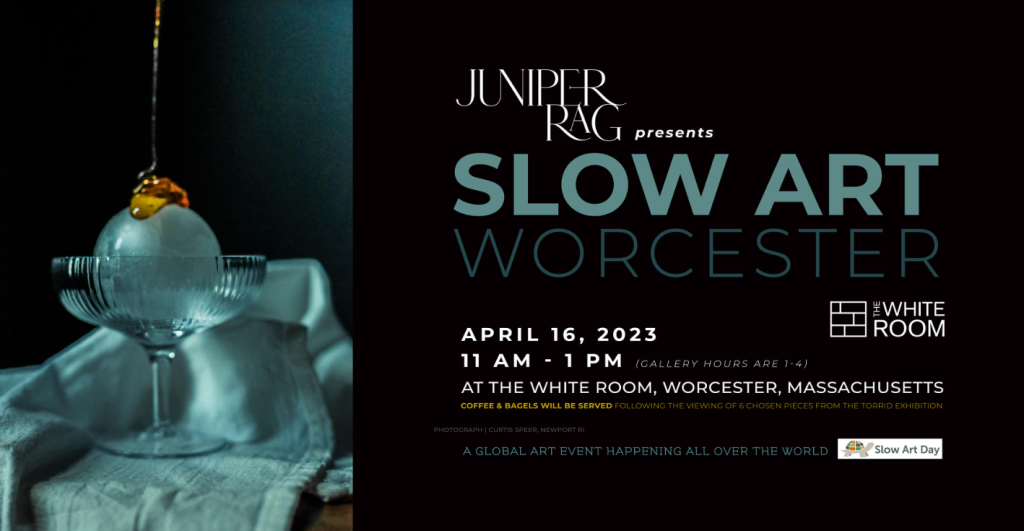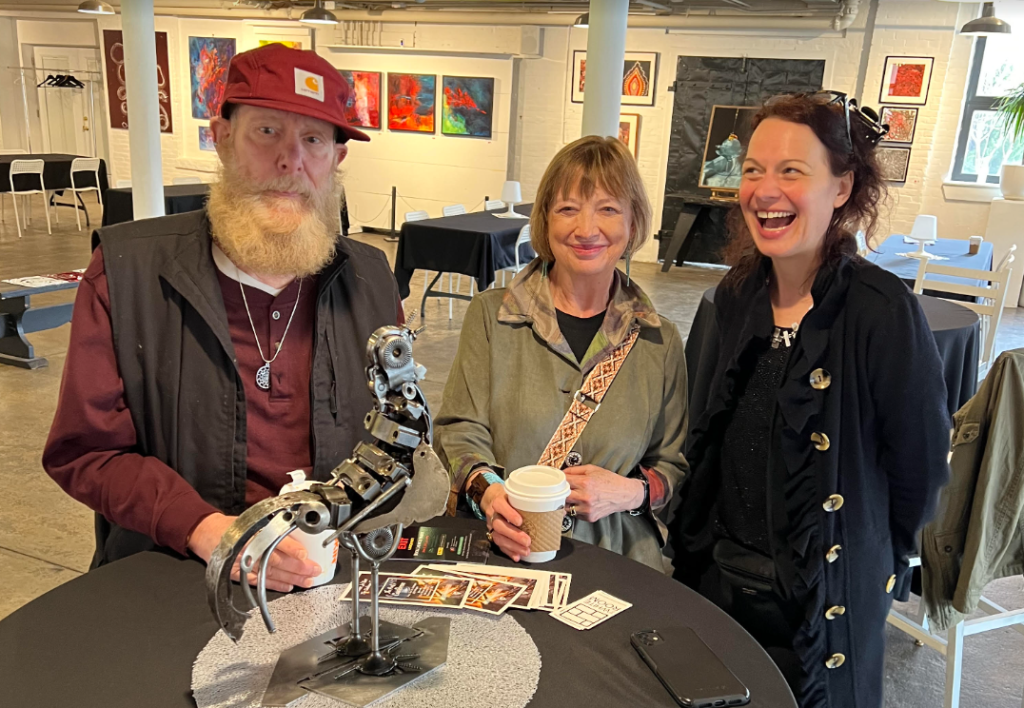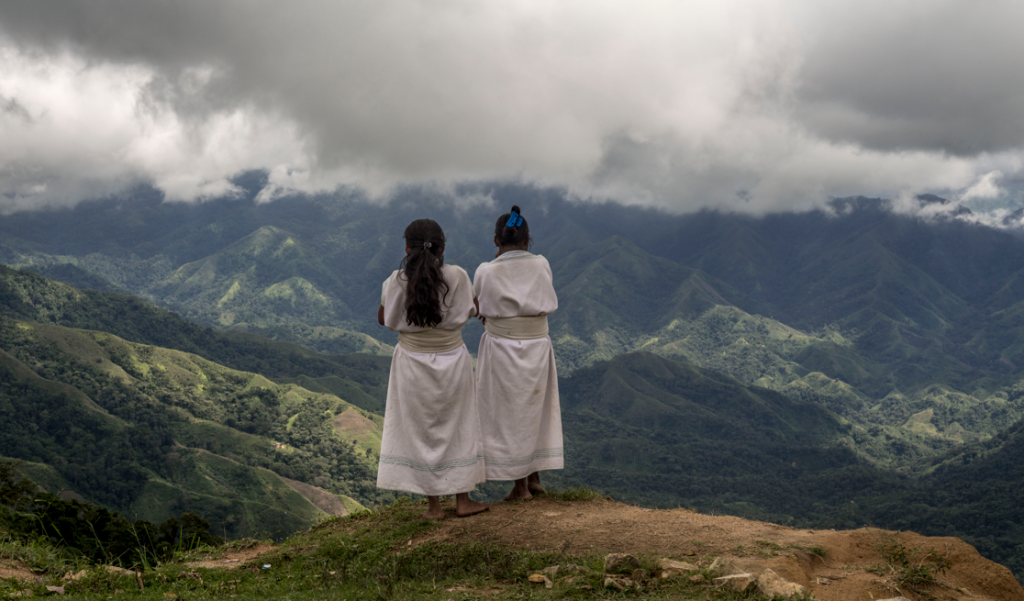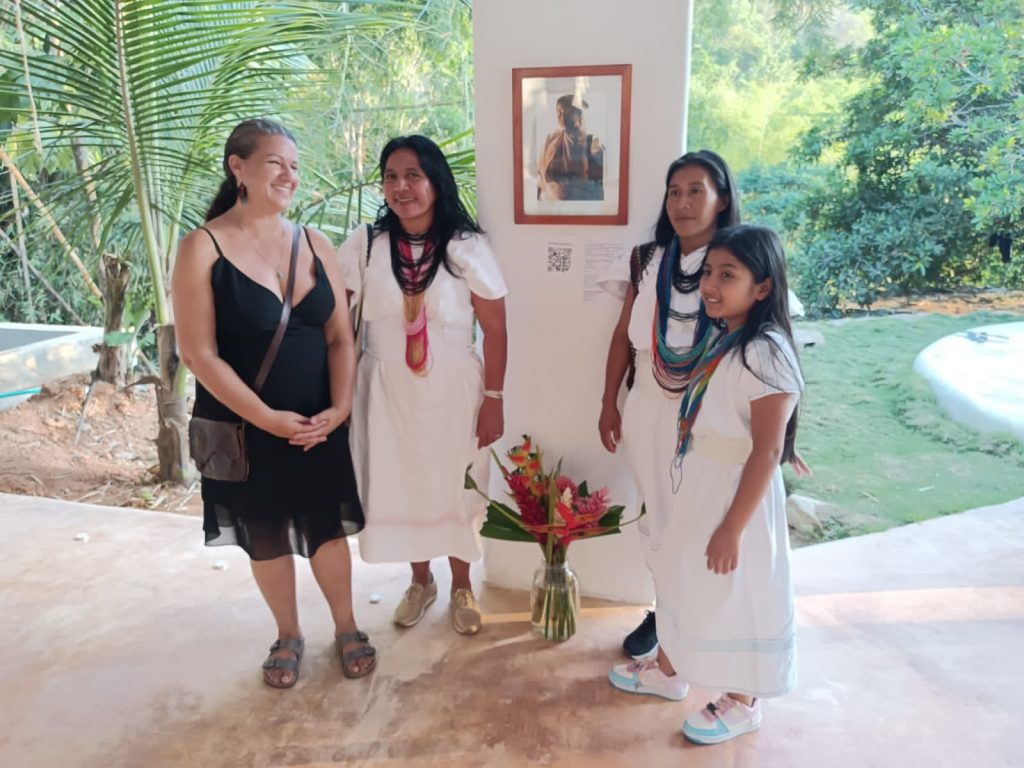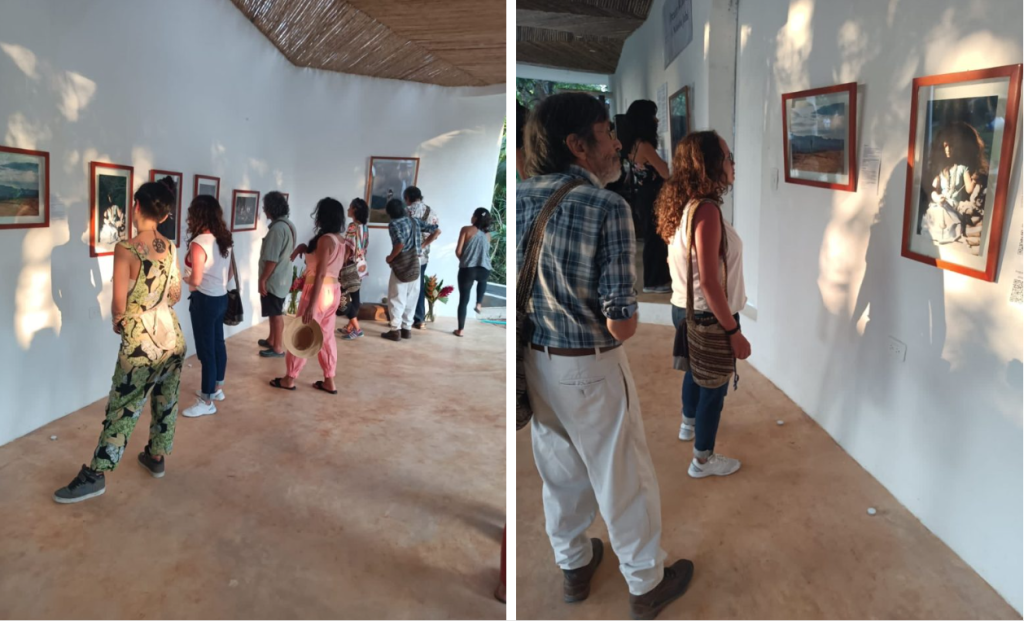For their sixth consecutive Slow Art Day, MOMus-Museum of Photography in Thessaloniki, Greece, hosted yoga and slow looking with a focus on the photography of the Greek photographer Elli Sougioultzoglou-Seraidari (1899 – 1998), also known as “Nelly,” or by her studio stamp name “Nelly’s.”
Sougioultzoglou-Seraidari is best known for her photos of Greece between the First and Second World Wars, which shaped the Western imagination of that country. After the outbreak of World War II, she lived in the US where she continued her photography before eventually returning to Greece.

© Benaki Museum Photographic Archives

© Benaki Museum / Photographic Archives

For the Slow Art Day event, photographer and certified yoga teacher, Ioanna Fotiadou, first led participants in a short yoga practice aimed at all levels of experience. She guided them to move slowly and remain in the yoga positions while focusing on the present moment.

This was followed by a slow viewing of selected works from the exhibition, which participants observed for 10 minutes each. At the end of the session, they discussed their experience with the museum curators while drinking coffee and enjoying views of the sea.
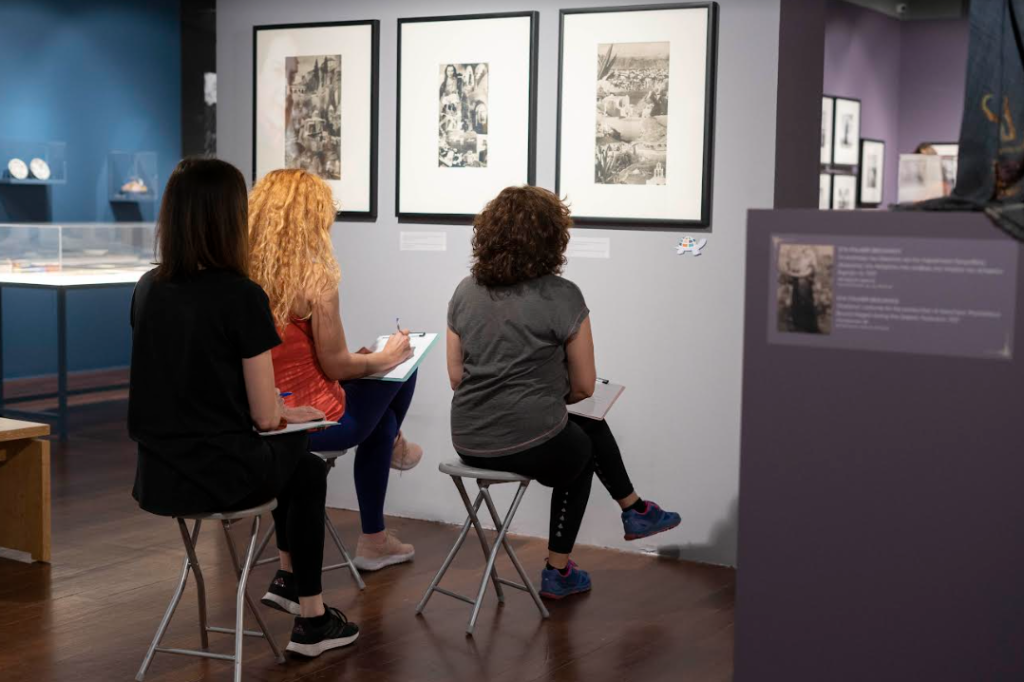
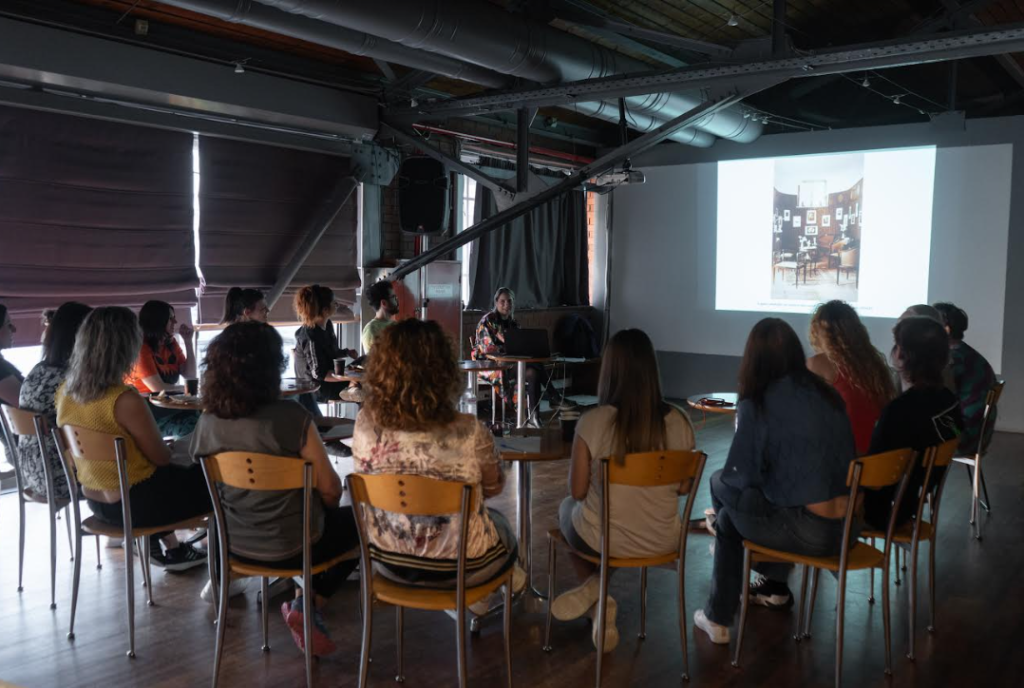
At Slow Art Day HQ, we love that yoga, mediation, and mindfulness continue to be a part of our movement – such as the one held at the Swedish National Museum in 2023 or in Ireland in 2024 at West Cork Arts Center.
We also love the passionate participation of MOMus Thessaloniki in Slow Art Day and look forward to seeing what they come up with for Slow Art Day 2025.
-Johanna, Ashley, Phyl, Jessica Jane
P.S. Stay up to day with events at MOMus Thessaloniki via Facebook and Instagram.

